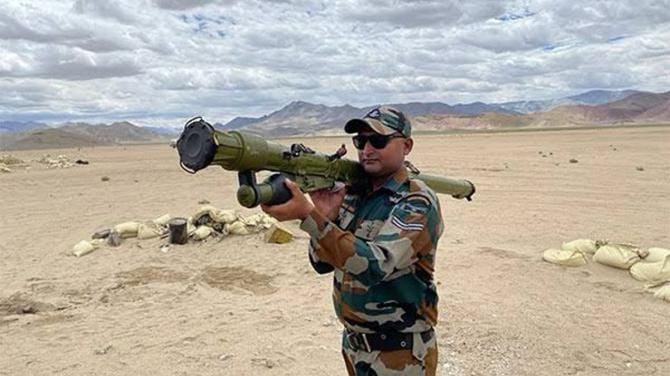- Home
- Breaking News
- National News
- Indian Army Strengthens Border ...

The Indian Army has bolstered its air defence capabilities by receiving a fresh batch of Russian-made Igla-S Very Short Range Air Defence (VSHORAD) missile systems. The delivery, made under a ₹260 crore emergency procurement contract, aims to enhance the Army’s readiness against threats from enemy aircraft, helicopters, and drones, particularly along the western borders.
According to defence sources, the newly acquired Igla-S missiles have already been dispatched to forward formations for deployment. These missile systems play a critical role in low-altitude air defence and are part of India’s larger strategy to modernize its military inventory through fast-track acquisitions.
The Igla-S is an advanced version of the Igla series that has been in use by Indian forces since the 1990s. Alongside the fresh supplies, the Army has issued a tender to procure 48 additional launchers and approximately 90 more VSHORAD (IR) missiles. Indian firms have also refurbished older Igla versions to extend their operational life.
The Indian Air Force has opted for a similar VSHORAD system, further strengthening aerial defence capabilities across the armed forces.
With the growing use of drones by adversaries, particularly by Pakistan on the western front, the Army is also investing in indigenous counter-drone technologies. The deployment of the Integrated Drone Detection and Interdiction System Mark 1, which includes jamming, spoofing, and laser capabilities, has already proven successful in neutralising enemy drones.
In addition, the DRDO is working on more powerful direct energy weapons and long-range systems to intercept larger aerial threats such as cruise missiles and aircraft. The Army also plans to acquire low-level transportable radars for rapid detection and response to low-flying threats.
These combined measures signify a focused push by the Indian defence forces to adapt to evolving aerial warfare and safeguard national security with both imported and indigenous technologies.
















